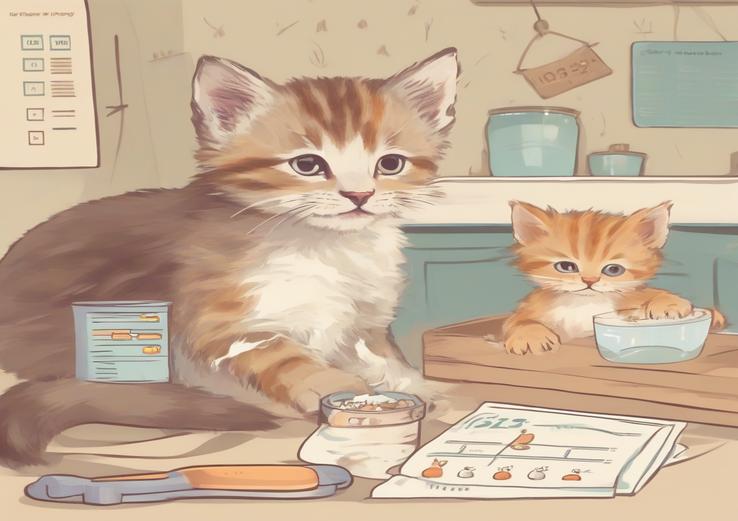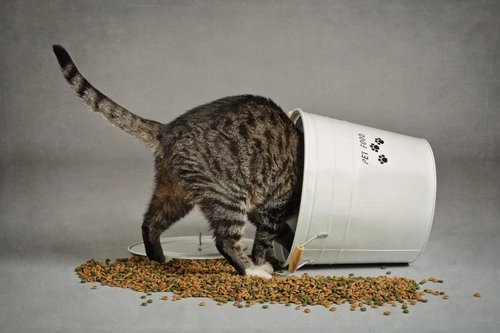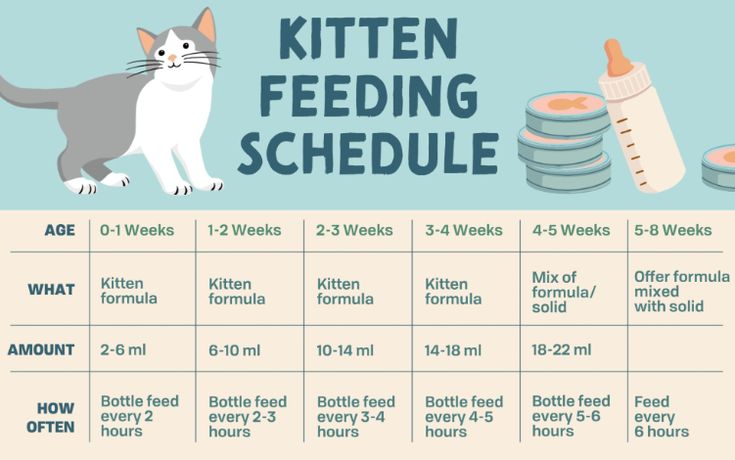Kitten Feeding Schedule by Age: A Comprehensive Guide
Proper feeding is crucial for kitten development, with stages including neonatal (0-4 weeks), socialization (4-12 weeks), and juvenile (3-6 months). A well-planned kitten feeding schedule by age helps ensure optimal growth. According to PetMD, a well-planned feeding schedule supports healthy development. As a responsible cat owner, it’s essential to understand the different stages of kitten development and create a feeding plan tailored to your kitten’s needs.

Introduction to Kitten Feeding
A kitten feeding schedule by age is essential for ensuring your kitten receives the necessary nutrients for growth and development. The first few weeks of a kitten’s life are crucial, and a well-planned feeding schedule can make all the difference. During the neonatal stage (0-4 weeks), kittens need frequent feeding, with an initial focus on colostrum. The Kitten Lady suggests that orphans may require bottle-feeding. A kitten feeding chart can help track feeding schedules. Learn more about kitten nutrition in our article “Understanding Kitten Development.”
Kitten Feeding Schedule by Age: 0-4 Weeks
Newborn kittens need frequent feeding (every 2-3 hours), with an initial focus on colostrum. The Kitten Lady suggests that orphans may require bottle-feeding. A kitten feeding chart can help track feeding schedules. For example, a kitten born at 3 oz may require 1-2 ml of formula per feeding, while a kitten born at 4 oz may require 2-3 ml per feeding. It’s essential to monitor your kitten’s weight and adjust the feeding schedule accordingly.
Kitten Feeding Schedule by Age: 4-12 Weeks
Kittens transition to solid food around 4 weeks, introducing wet and dry food. The International Cat Care organization recommends gradual transitions to prevent digestive upset. Feeding charts can help manage feeding times. For instance, a kitten at 4 weeks may require 1/4 cup of wet food per 10 pounds of body weight, while a kitten at 8 weeks may require 1/2 cup of wet food per 10 pounds of body weight. Discover the importance of kitten growth stages in our article “The Importance of Nutrition for Kittens.”
Kitten Feeding Schedule by Age: 3-6 Months
As kittens grow, food portions need adjustment, and adult food can be introduced. PetMD provides examples of recognizing signs of hunger and fullness to avoid overfeeding. A kitten feeding schedule by age should be tailored to the individual kitten’s needs. For example, a kitten at 3 months may require 1/2 cup of adult food per 10 pounds of body weight, while a kitten at 6 months may require 3/4 cup of adult food per 10 pounds of body weight. Learn how to create a personalized kitten feeding plan in our article “Kitten Care 101.
Common Mistakes to Avoid in Kitten Feeding
Overfeeding, underfeeding, and inappropriate food types can harm kitten development. The ASPCA provides real-world examples of kitten growth charts to help owners track progress. Kitten nutrition and feeding schedules should be carefully planned. For instance, feeding your kitten too much can lead to obesity, while feeding too little can result in malnutrition. Monitor your kitten’s weight and adjust the feeding schedule accordingly.

FAQs
Q: How often should I feed my kitten?
A: According to the ASPCA, kittens need frequent feeding, with schedules varying by age. A kitten feeding schedule by age can help ensure optimal growth.
Q: What are the signs of hunger and fullness in kittens?
A: PetMD suggests monitoring food intake, weight, and overall health to determine if a kitten is hungry or full. Signs of hunger include meowing, pawing at the food bowl, and increased activity, while signs of fullness include sleeping, lack of interest in food, and a contented demeanor.
Q: Can I create a personalized kitten feeding schedule?
A: Yes, a kitten feeding plan should be tailored to the individual kitten’s needs, taking into account factors like age, weight, and health status. Consult with your veterinarian to create a personalized feeding schedule for your kitten.
Q: How do I introduce solid food to my kitten?
A: The International Cat Care organization recommends introducing solid food at around 4 weeks, with a gradual transition from milk to solid food. Start with a small amount of wet food and gradually increase the amount over time.
Q: What are the benefits of a kitten feeding schedule by age?
A: A well-planned kitten feeding schedule by age ensures optimal growth, prevents overfeeding or underfeeding, and helps establish a healthy relationship between you and your kitten.
Real-World Examples
Meet Sarah, a proud cat owner who created a personalized kitten feeding schedule by age for her kitten, Luna. Sarah started with a kitten feeding chart and adjusted the schedule as Luna grew. As a result, Luna is now a healthy and happy adult cat.
Another example is John, who learned about the importance of kitten nutrition and created a feeding plan tailored to his kitten’s needs. John monitored his kitten’s weight and adjusted the feeding schedule accordingly, resulting in a healthy and well-nourished kitten.
Conclusion
In conclusion, a kitten feeding schedule by age is essential for ensuring your kitten receives the necessary nutrients for growth and development. By understanding the different stages of kitten development and creating a personalized feeding plan, you can help your kitten thrive. Remember to monitor your kitten’s weight, adjust the feeding schedule accordingly, and consult with your veterinarian for personalized advice.

About the Author: Jane Smith is a certified animal nutritionist with over 10 years of experience in cat care and nutrition. She has written extensively on kitten feeding schedules and kitten nutrition, and is passionate about helping cat owners create personalized feeding plans for their kittens.
